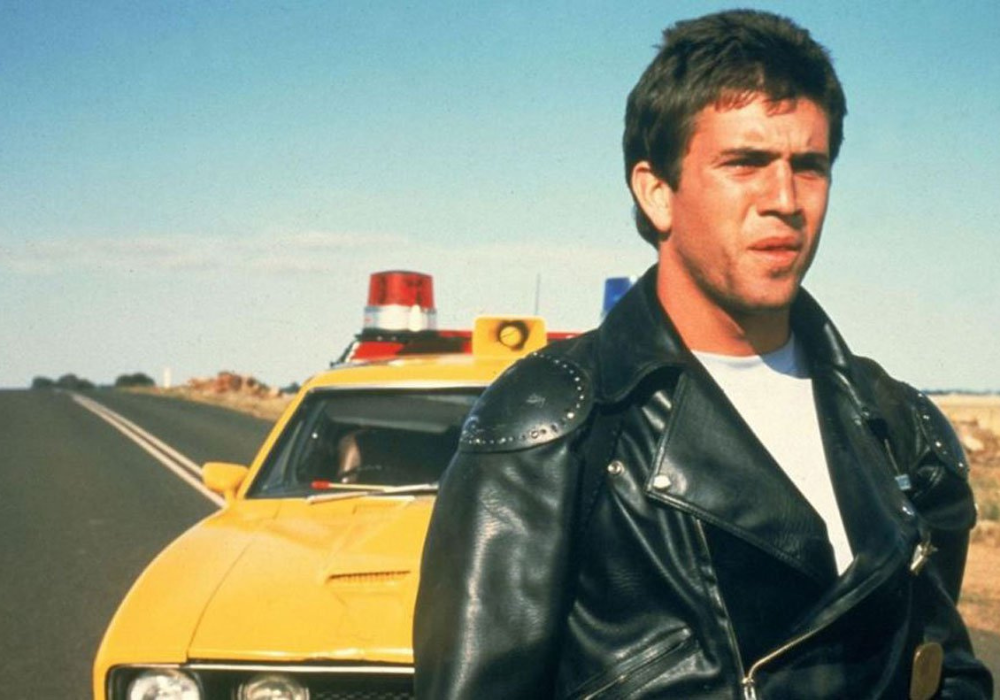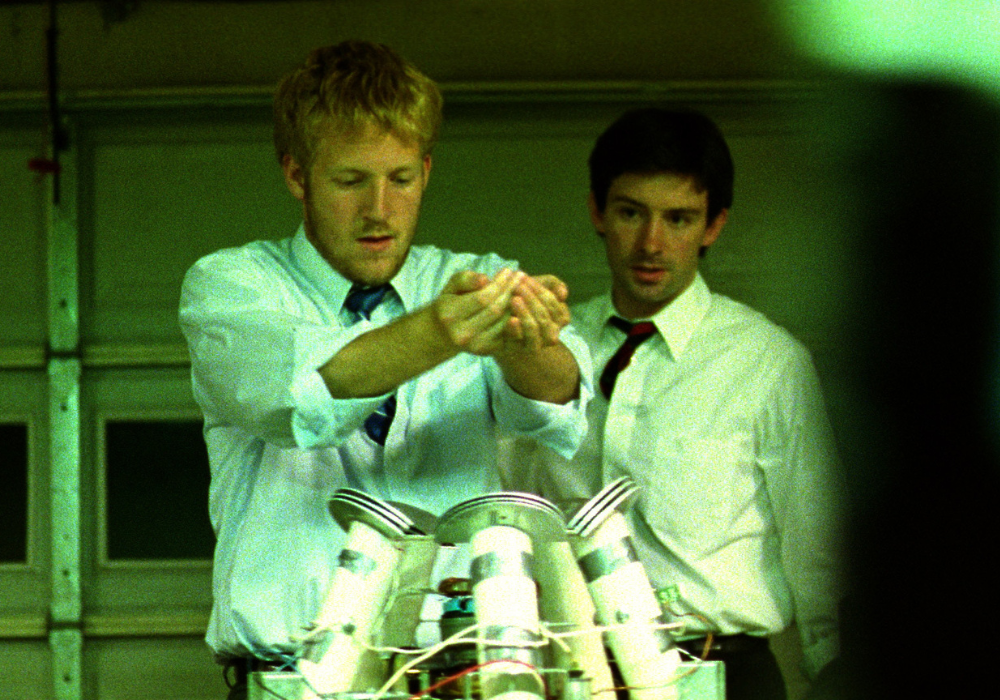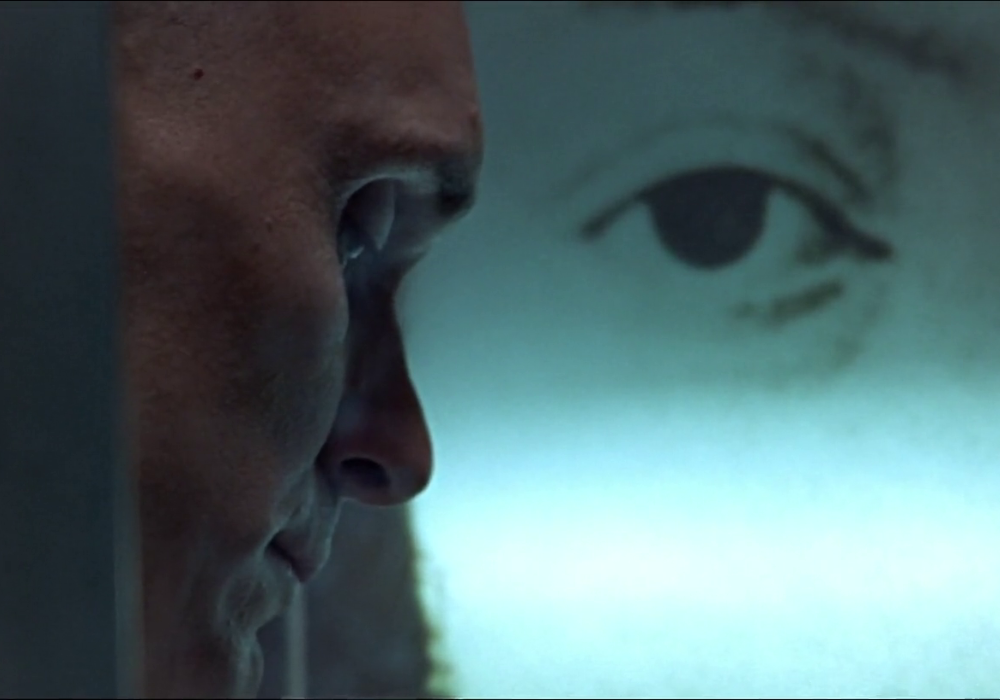
Why Has Australia Forgotten Its Sci-Fi Roots?
Australia is known for its horror, action, and crime cinema—The Dry, Wolf Creek, The Babadook—but what about science fiction? Despite having a rich history in the genre, Australian sci-fi has been largely left behind, struggling to hold onto the same cultural relevance as its international counterparts. But it wasn’t always this way. Once upon a time, we were producing bold, mind-bending sci-fi that pushed boundaries and reimagined the future. So, what happened? How did we go from pioneering speculative storytelling to a country that barely dabbles in the genre?
The Early Years: Silent Experiments and Lost Worlds
Science fiction in Australian cinema dates back to the silent era, though much of it has been lost to time. One of the first known examples is The Exploits of the Emden (1928), which, while mainly a war film, contained speculative elements about futuristic naval technology.
While early films like this barely register today, they show that Australian filmmakers were dabbling in sci-fi concepts before Hollywood fully embraced the genre. Meanwhile, Australian radio dramas were filled with speculative storytelling, exploring themes of space travel, technology, and dystopian futures before such ideas became mainstream.
The 1950s and 60s: Atomic Anxieties and Futuristic Oddities
The post-war era saw a global sci-fi boom, and Australia got in on the action—though often in weird and wonderful ways.
One example is They Found a Cave (1966), a sci-fi-tinged children’s adventure that hinted at a growing interest in speculative storytelling but never broke through to the mainstream. Unlike America and Britain, which were producing iconic sci-fi films like The Day the Earth Stood Still and 2001: A Space Odyssey, Australia’s sci-fi offerings remained small-scale and experimental.
The 1970s and 80s: The Golden Age of Australian Sci-Fi
If there was ever a golden age for Australian sci-fi, it was the late 70s and 80s. This era saw the birth of Mad Max (1979), a film that would redefine not only Australian cinema but the global post-apocalyptic genre. Though more dystopian than traditional sci-fi, its world-building, technological decay, and survivalist themes cement it as a major work of speculative fiction. Mad Max 2 (1981) doubled down on its sci-fi elements and became a defining film of the decade.
Beyond Mad Max, Australia was producing some truly original sci-fi films. The Chain Reaction (1980) tackled nuclear paranoia, Dead-End Drive-In (1986) imagined a bizarre near-future dystopia, and The Quiet Earth (1985), a New Zealand co-production, explored the existential horror of being the last person on Earth.
During this era, Australia felt like it was on the verge of being a true sci-fi powerhouse. But then, almost as quickly as it started, the momentum faded.
The 1990s and Beyond: A Genre in Decline
By the 90s, Australian sci-fi had taken a backseat to other genres. While Australian filmmakers still made waves in Hollywood—Alex Proyas directed the neo-noir sci-fi Dark City (1998), which remains a cult favourite—local productions became few and far between. One of the biggest sci-fi films of all time, The Matrix, was shot in Australia using Australian cast and crew, proving the industry’s ability to produce world-class sci-fi films, but this didn’t seem to translate into the Australian industry itself.
The 2000s and 2010s saw sporadic attempts at sci-fi, with films like The Rover (2014) and Occupation (2018), but they never reached the heights of previous decades. Even when Australian talent was involved in major sci-fi productions—George Miller’s continued work on the Mad Max universe or Leigh Whannell’s Upgrade (2018)—these films were often categorised as action-thrillers rather than pure sci-fi.
Why Did Australian Sci-Fi Fade?
So, what went wrong? Several factors contributed to the decline of Australian sci-fi:
- Funding Bias – Australian film funding tends to prioritise drama, comedy, and historical films over speculative fiction.
- Lower Budgets – Science fiction can be expensive to make, and Australian films in general can find it harder to access the money needed to make them.
- Hollywood Dominance – Why take a gamble on Aussie sci-fi when Hollywood’s sci-fi blockbusters dominate global audiences?
- Genre Identity Crisis – Many sci-fi-leaning films (The Rover, Upgrade) were marketed as action or thriller films instead of sci-fi. Why? Possibly because of the fear of the stigma of sci-fi, and the larger potential audience for action movies.
Can Australian Sci-Fi Make a Comeback?
Despite its decline, Australian sci-fi still has potential for a resurgence. The rise of streaming platforms and independent filmmaking offers new opportunities to tell ambitious sci-fi stories without relying on traditional funding structures.
The real question is: can we reclaim our place in the sci-fi genre? With the world facing AI revolutions, climate disasters, and space exploration milestones, there has never been a better time for bold, thought-provoking sci-fi. Maybe it’s time we stop looking to the past and start imagining the future again.



